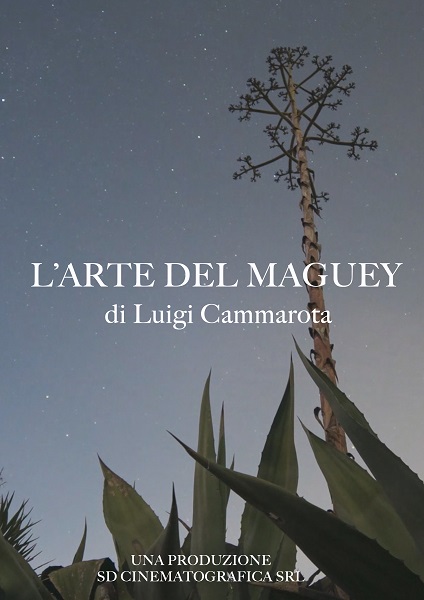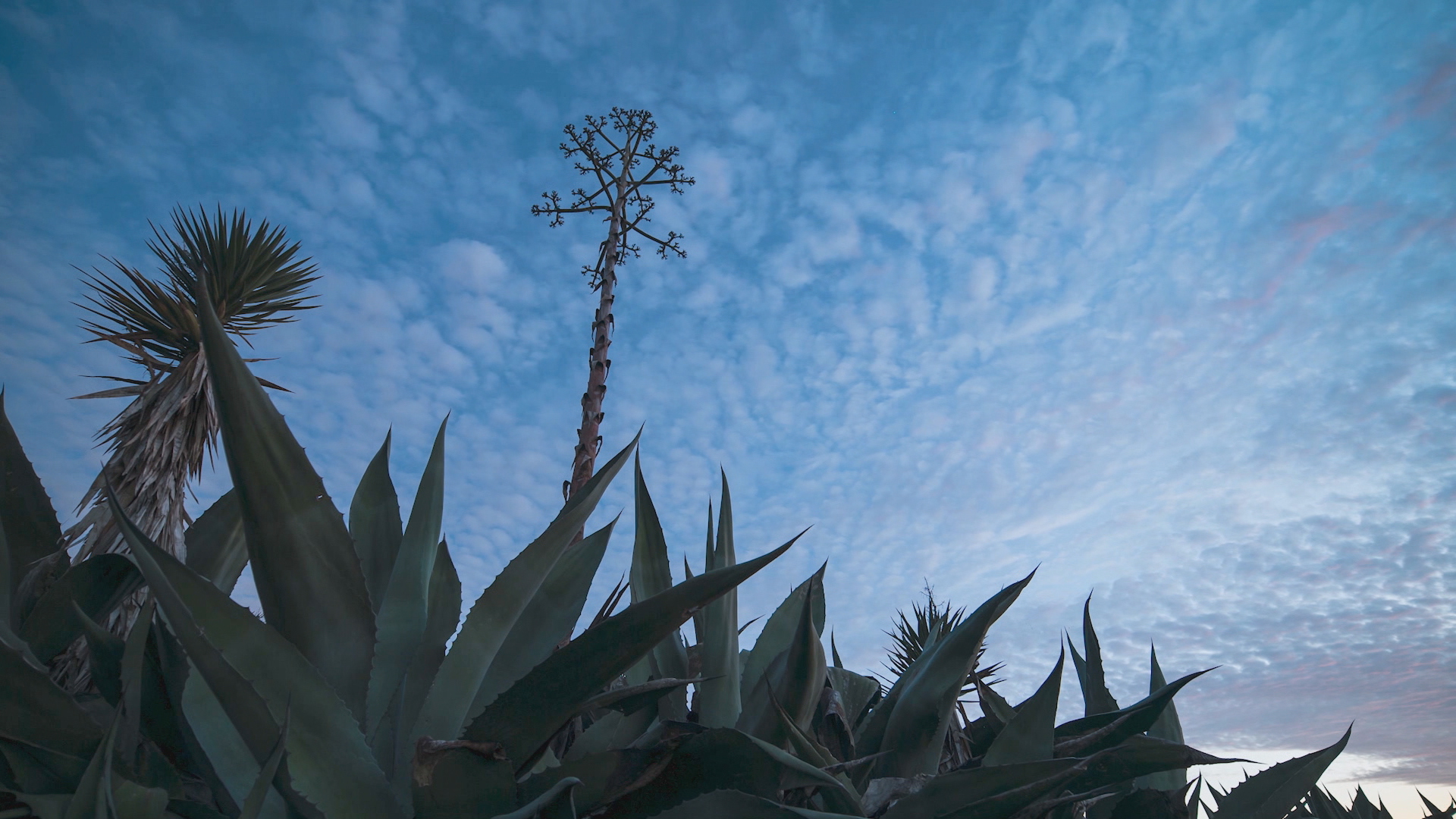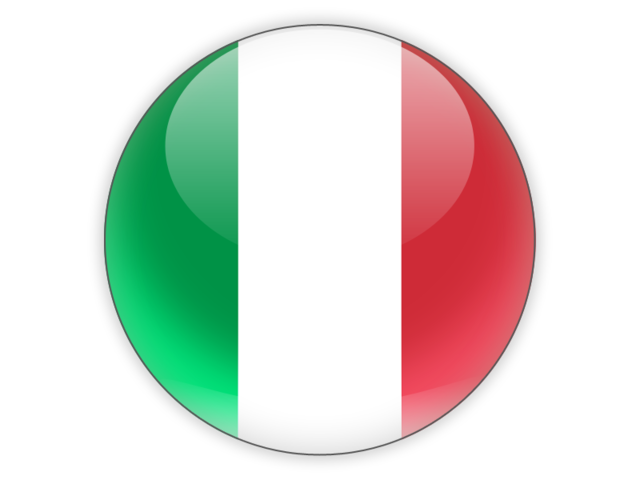PRODUCTIONS: THE ART OF MAGUEY
DIRECTOR
PRODUCER
DURATION
VERSIONS
FORMAT
Luigi Cammarota
SD Cinematografica
43 min.


HD

Pallasca is a village 3400 meters north of peru's Cordillera Blanca. Mud and straw houses, a gaunt rural economy of high altitude, you get there with an incredible breathtaking hairpin bend road, the only connection to Lima and the other cities of the coast, cross the Olympic Point, the only available step at 5200 meters, higher than the summit of our Mont Blanc.
Here an important laboratory for the sculpture of the "maguey". Better known as the American agave, this plant is widespread in Central and South America, and myths and legends flourish around it. It's called the tree of wonders. Similar to aloe of African origin, it has been known for millennia for its many uses: food for humans and animals, syrups and liqueurs such as mezcal and tequila, drugs and vegetable fibers for ropes, baskets, fabrics and carpets, such as sisal. Few know a further use of the American agave, which when it blooms, once in a lifetime, develops a cylindrical keg, three meters long and more long, which supports the infiorescences, up to twenty centimeters wide, resistant but very light, like balsa, a kind of polystyrene expanded vegetable.
For centuries in the villages of Peru it has been used for many uses, from braided rope bridges to the roofs of houses and above all, after Spanish colonization, for the manufacture of statues. With this light and compact material you can model huge sculptures but at the same time easily transportable, for example in processions. The laboratories of Pallasca, Punchao and San Louis, managed by Italian volunteers, try to re-establish the broken threads of the pre-Columbian culture of the Andean populations, applying very simple and ancestral techniques for the processing of this extraordinary, ecological and perfectly natural material.
Buy the DVD at € 35.00 ADD TO CART


